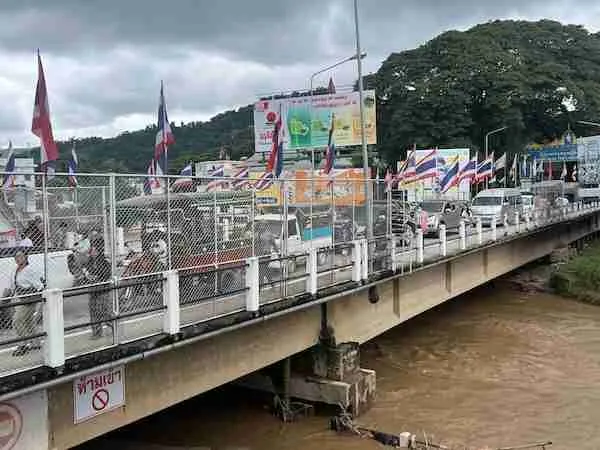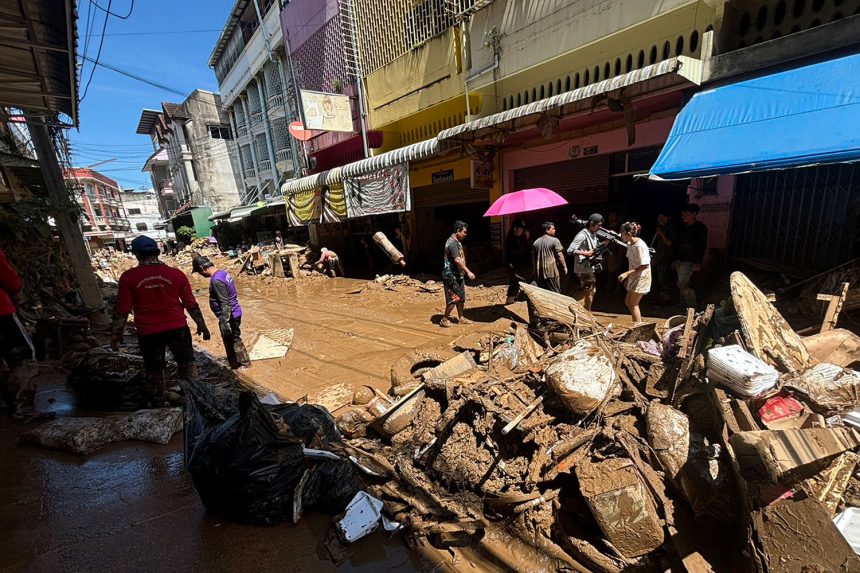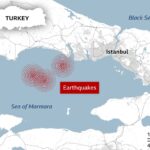The Chiang Rai Disaster Prevention and Mitigation Office reports that despite improving the flood situation in the Mae Sai district, efficient water management and disaster prevention measures are necessary.
Tropical Storm Yagi dumped heavy rain on Chiang Rai, particularly in the Mai Sai District, between September 9 and 12. Five people lost their lives, and another three thousand had their lives upended by landslides and floods in the area.
According to Assoc Prof Chuchoke Aryupong of Chiang Mai University’s Centre of Excellence in Natural Disaster Management, the floods were a stark reminder that Thailand needs stronger protections against future natural catastrophes.
According to him, many residents reside on land that is prone to flooding. Because they have grown too close to rivers and old floodplains, they are now in danger of flooding.
Local leaders and citizens were vulnerable because they did not have a practical understanding of flood management and the preparations needed to prevent or lessen flood impacts.

Warning System for the Mae Sai River
The Mae Sai River flows through the district, and substantial encroachment has been seen on both sides. Many shops are now on the banks, slowing the river down.
He said that rapid submersion of nearby settlements occurs due to river rise and breaching flood barriers.
The people here need to know they are in a precarious position. The timely and effective response depends on their ability to detect when the river is on the verge of overflowing. He claimed that evacuating people before floods was much simpler and less expensive than doing it after their homes were underwater.
According to experts, Myanmar’s lack of data hindered Mae Sai’s attempts to mitigate and prevent floods. Officials on this side of the border cannot reliably forecast the Mae Sai River’s water level because most of its course passes through Myanmar.
Since the local authorities cannot install water-level monitoring devices on the Mae Sai River in Myanmar, we must rely on meteorological predictions to determine how much precipitation will flow into the river.
According to an interview with the Thai public broadcasting service PBS, Dr. Thanapon Piman, a water management expert from the Stockholm Environment Institute, has been monitoring the floods in Mae Sai and the neighboring Tachilek province since 2019.
He said changes in land usage in upstream areas of Myanmar were to blame for the recent spate of more severe flooding.
Look at the upstream zones of Myanmar, and you’ll see that they’ve removed a lot of forest for cultivation and mining. He claimed that the absence of natural floodways or water-retention sites in the surrounding landscape makes preventing floods in Mae Sai impossible.
Related News:
Labor Costs Spike After Flooding in Chiang Rai

Geoff Thomas is an award winning journalist known for his sharp insights and no-nonsense reporting style. Over the years he has worked for Reuters and the Canadian Press covering everything from political scandals to human interest stories. He brings a clear and direct approach to his work.














